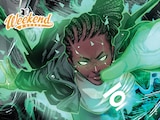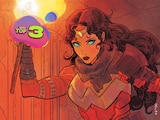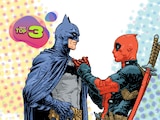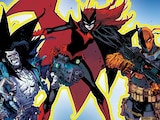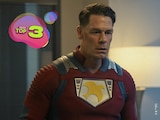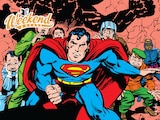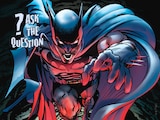"Their attachments to those they love dictate their actions."
Though they have different abilities, grudges and costumes, many villains have one thing in common: they underestimate the power of love. Maybe they've had a dismal personal history with the emotion and have become bitter, or maybe they've never experienced love and therefore don't know the deep well of possibilities (mostly positive, but also some negative) it can lead to. Whatever the reason, they view having emotions and being influenced by them as a weakness. TRINITY VOL. 1: BETTER TOGETHER, by writer and artist Francis Manapul and artists Emanuela Lupacchino, Clay Mann and Ray McCarthy, takes Wonder Woman, Superman and Batman on a journey that emphasizes the power of emotions and uniting.
Something I appreciate about comics, or maybe stories in general, is that even though the idea at the core of a plot may not be revolutionary, it kind of is at the same time. In the case of Better Together, it's not the first time a story like this has been told, but the pages still stand apart because of the details present in the words and art and because it explores such a universal human concept. We all have things we wish we could change, revisit or understand better. Batman wants to alter his tragic past, Superman wants to help Pa Kent and Wonder Woman wants to be able to return to her home once again.
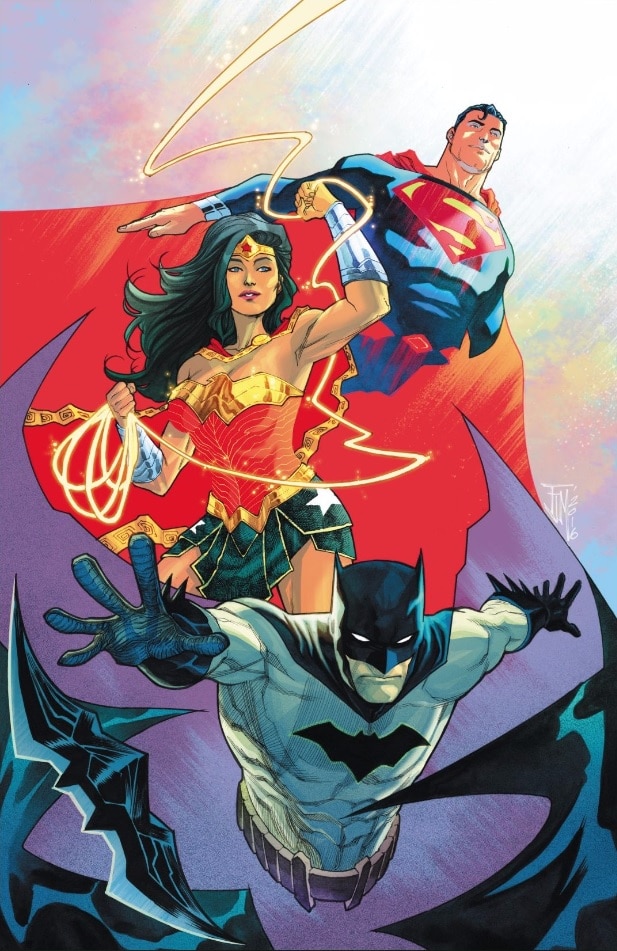
In Manapul’s story, the trinity found themselves pinned down by the Black Mercy and Mongul when their emotions were already raw. Clark was processing the unexpected arrival of Bruce and Diana at his home. He's currently in one of those, "I want to work alone," states of mind—and so is Bruce, because that's his usual way of operating. They're struggling with big ticket items like the past and future and how they will or won't work together. For that reason, the actions of Mongul and his “child,” the White Mercy came at the right time.
Not that I encourage the idea of attaching parasites to anyone. Ever. Just to be clear.
The attack put things into perspective for the heroes. It stripped down their guards. They learned they are indeed better together.
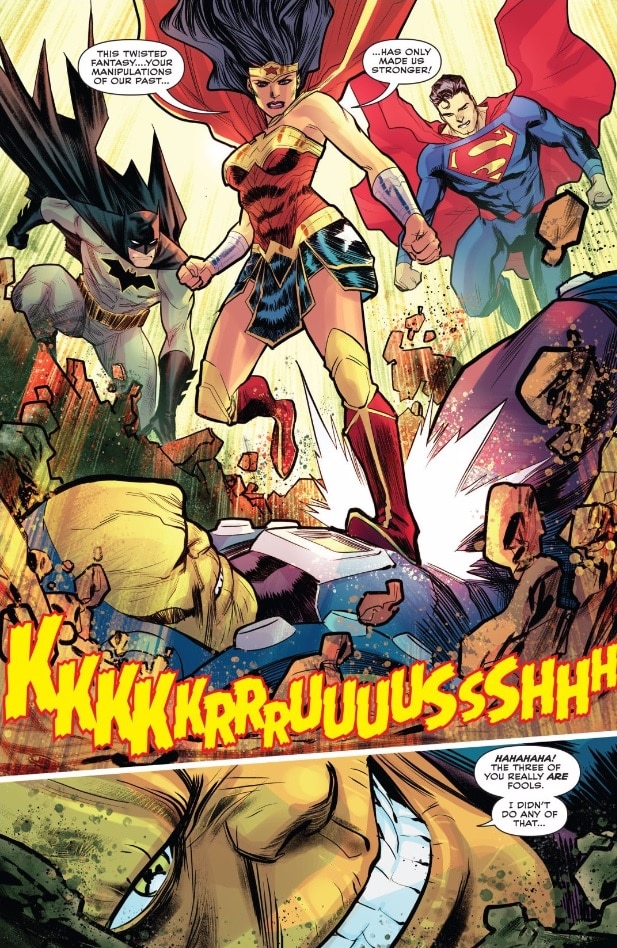
I'm glad they realized the importance of uniting, but the more interesting and surprising epiphany came from the White Mercy. A non-corporeal entity that came into being through unlikely circumstances (which is often the explanation for any non-corporeal entity's origins, to be honest), White Mercy learned about the opposites of hate and anger. She initially raised an eyebrow at how easy it was for Superman, Batman and Wonder Woman, the world's mightiest heroes, to be so readily defeated. But by witnessing their compassion, heartbreaks and triumphs, White Mercy came to understand the value of all emotions—not only ones based in negativity.
Living in a single end of the spectrum of feelings is to live a single point of view. Ideally, we spend the majority of our time towards the warm and fuzzy end rather than the upset and prickly side, but if you've never crossed the road, it's hard to appreciate the value of the side you call home. White Mercy was full of disdain, fueled by what she learned from Mongul. But when she was in the fantasy world alongside the trio of heroes and when she communicated with Poison Ivy, she learned about a broader range and opened her eyes.
White Mercy got the human experience. And that's not insignificant.
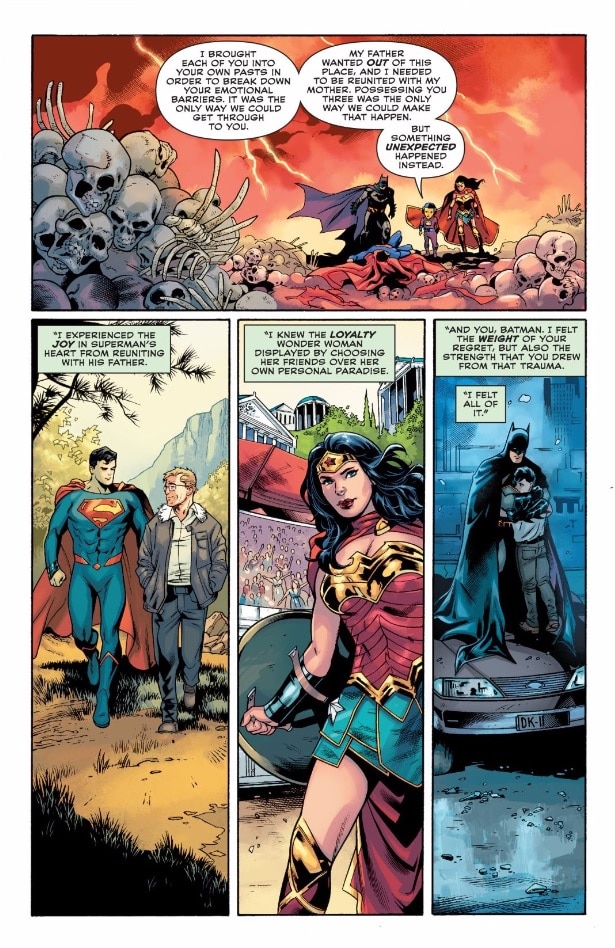
Let's wrap with a look at the Black Mercy. The alien parasite was first introduced in the classic Alan Moore and Dave Gibbons Superman story, “For the Man Who Has Everything,” and has been used against DC super heroes more than a few times since then in comic books and elsewhere. One the most notable recent appearances of the Black Mercy was in the Supergirl television series. In that episode, Non used the plant against Kara Danvers to get her out of the way. The parasite gave Kara her dream by putting her into a fantasy world where Krypton wasn't destroyed.
That's the real catch about the Black Mercy and what makes it such a formidable weapon for a villain—it gives the affected their single greatest desire. The Black Mercy can pick out its victim's secret hopes and dreams and manifest them. Escaping from a world where you're comfortable and have all that you want would be harder than I can imagine. Yet Superman, Batman, Green Lantern and more have all done it.
Have you read Trinity Vol. 1: Better Together? Share your thoughts about the title with us in the comments.
Amy Ratcliffe writes about Rebirth and DC Super Hero Girls for DCComics.com and covers Supergirl for the #DCTV Couch Club. Look for her on Twitter at @amy_geek.
TRINITY VOL. 1: BETTER TOGETHER by Francis Manapul, Emanuela Lupacchino, Clay Mann and Ray McCarthy is now available in print and as a digital download.

